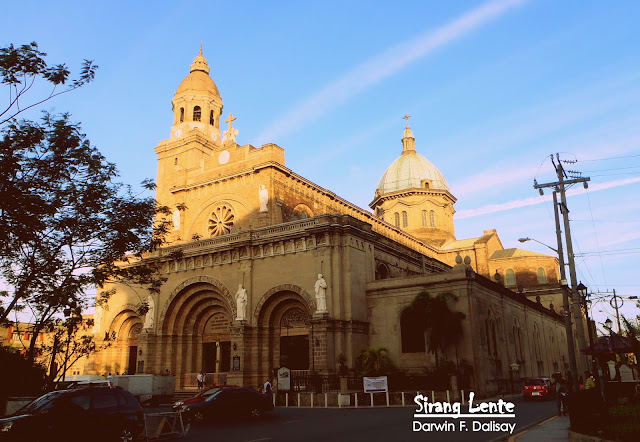
The Molo Church is located in Molo District, Iloilo City, and it is commonly known as the St. Anne Parish. This historical church was built in 1831 by the Ilonggo artists with a touch of Gothic-Renaissance architecture. Take note, is the only one outside Manila, so it's proof that the locals are really great in terms of the arts. It is made from coral stones with egg whites mixed with sand for some parts. On August 4, 1886, Dr. Jose Rizal visited Manila from exile in Dapitan to pray, and he saw the gorgeous paintings (today, they no longer exist).









